Golden nanmu planting skills!
Jinshinan is mostly from the deep mountains of Sichuan and Shu, and the quantity is rare, and the price is comparable to gold. Nanmu is a neutral overcast tree species, which is resistant to shade in its infancy. The main root is obvious, the lateral root is developed, and the root sprouting can grow into large diameter wood.
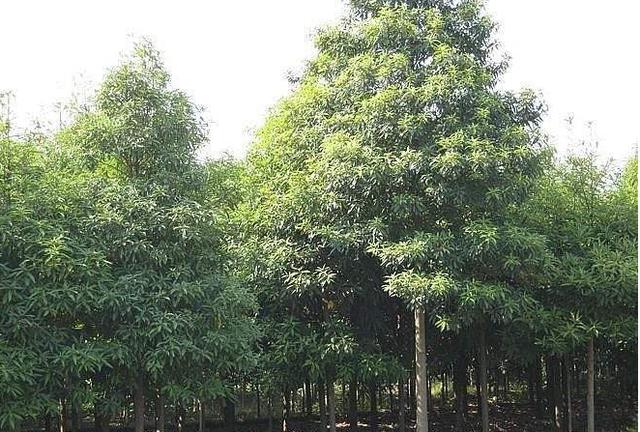
Zhen Nan is classified as nanmu, which is mainly classified as Jinshinan, Burmese Huangnan, Xiaolinan, etc., while Runnan is classified as Nanmu, mainly Nan, Nan, Diannan, Purple Nan, and so on. The following is a brief introduction to the planting method and climate adaptation of Cymbidium chinense.
Seed collection and treatment: the seed maturity of Nanmu is around "Lesser Snow", and the pericarp changes from green to blue-black, that is, it reaches maturity. The fruits collected should be dealt with in time. The way to deal with them is to tamp the fruits in baskets or buckets, remove the peel, rinse them with clean water, dry them indoors, avoid exposure and dry the water marks slightly, and then store them. The 1000-grain weight is 200-345 grams, and the germination rate of the nursery is 80% Murray 95%.
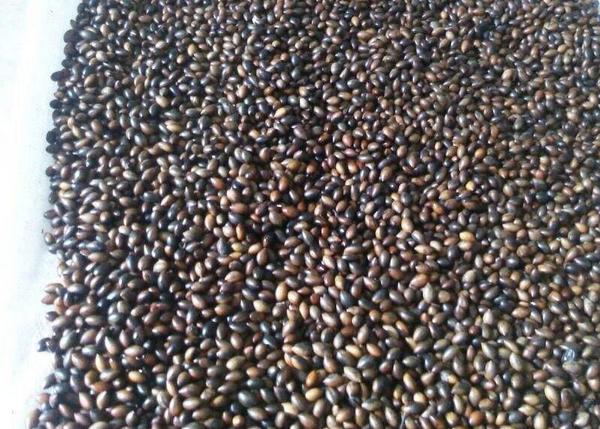
Site selection: Nanmu seedlings grow slowly and like shade and dampness at the initial stage, so it is appropriate to choose fertile and moist soil with short sunshine time, convenient drainage and irrigation as nursery. If the soil is sticky and heavy and has poor drainage, it is easy to rot roots; if the soil is dry and short of water, the seedlings will grow poorly and easily cause burns.
Sowing: before sowing, the nursery should be fully fertilized, and the bed should be built carefully. Generally use strip sowing, strip spacing 15-20 cm, strip width 6-10 cm. The sowing rate is 20 kg per mu. Cover 1-2 cm of fine yellow soil after sowing, and then cover with grass to keep the seedbed moist. After the seedlings are unearthed, weeding, soil loosening, fertilization and irrigation should be carried out in time.
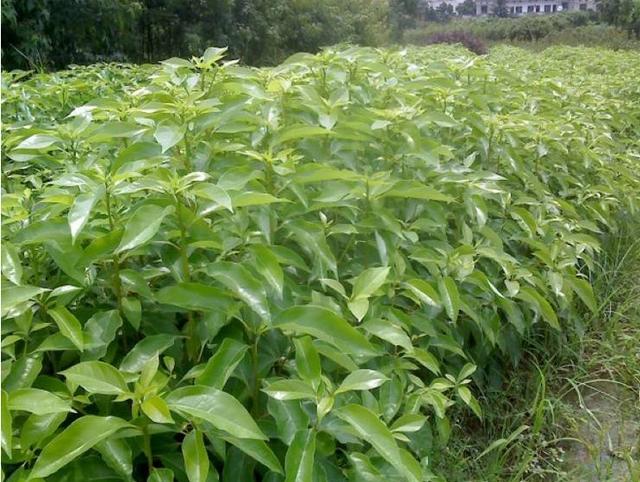
Climate: the climate is warm and humid, growing in the subtropical region where the temperature is about 0-38 degrees Celsius and the annual precipitation is 1400-1600mm.
Planting: the south should be carried out in the middle of November and from February to April in spring, and the afforestation site should choose the middle and lower part of the hillside of semi-shady slopes in mountainous areas with deep soil layer and high air humidity, on both sides of valleys or riverside platforms. Dig planting holes according to the specification of 40 × 40 × 40 cm, apply 200 grams of compound fertilizer in each hole, backfill topsoil and mix fertilizer well. Choose overcast or light rainy days for afforestation, prune the seedlings properly before planting, and cut off the overlong or damaged roots.
Tending: within 3-5 years after afforestation, tending management should be strengthened. Before canopy closure, young forests should be comprehensively weeded and loosened twice a year, and tending time should be arranged before the arrival of the peak growth season, that is, the first tending is from April to May and the second is from August to September. The tending in the year of afforestation should be arranged in the second half of the year.
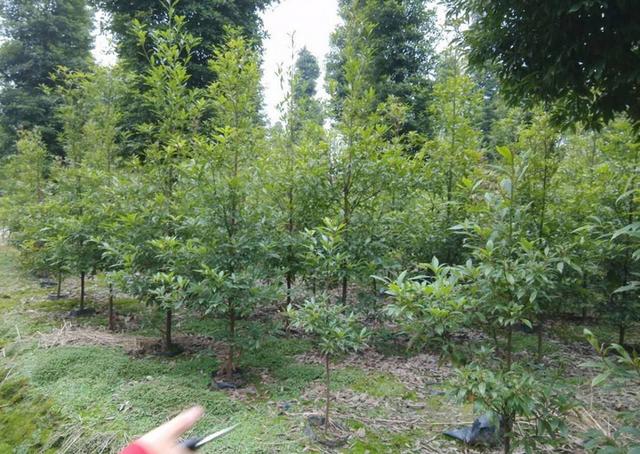
- Prev
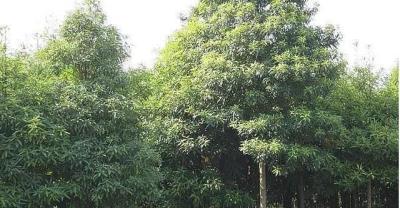
Planting method of potted leek
Leek is formed under the condition of avoiding light and appears yellow because of the high content of chlorophyll. Its nutritional value is slightly lower than that of leek, but leek also has no.
- Next
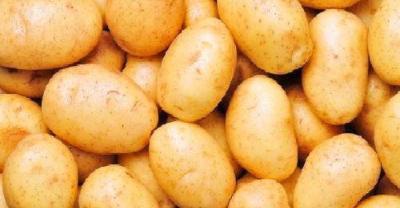
Planting methods of potted oranges
Orange is a kind of southern fruit, which is more common in the south, and only a small amount is planted in greenhouses in the north. With the development of society and the application of warm air conditioning, oranges.
Related
- Fuxing push coffee new agricultural production and marketing class: lack of small-scale processing plants
- Jujube rice field leisure farm deep ploughing Yilan for five years to create a space for organic food and play
- Nongyu Farm-A trial of organic papaya for brave women with advanced technology
- Four points for attention in the prevention and control of diseases and insect pests of edible fungi
- How to add nutrient solution to Edible Fungi
- Is there any good way to control edible fungus mites?
- Open Inoculation Technology of Edible Fungi
- Is there any clever way to use fertilizer for edible fungus in winter?
- What agents are used to kill the pathogens of edible fungi in the mushroom shed?
- Rapid drying of Edible Fungi

